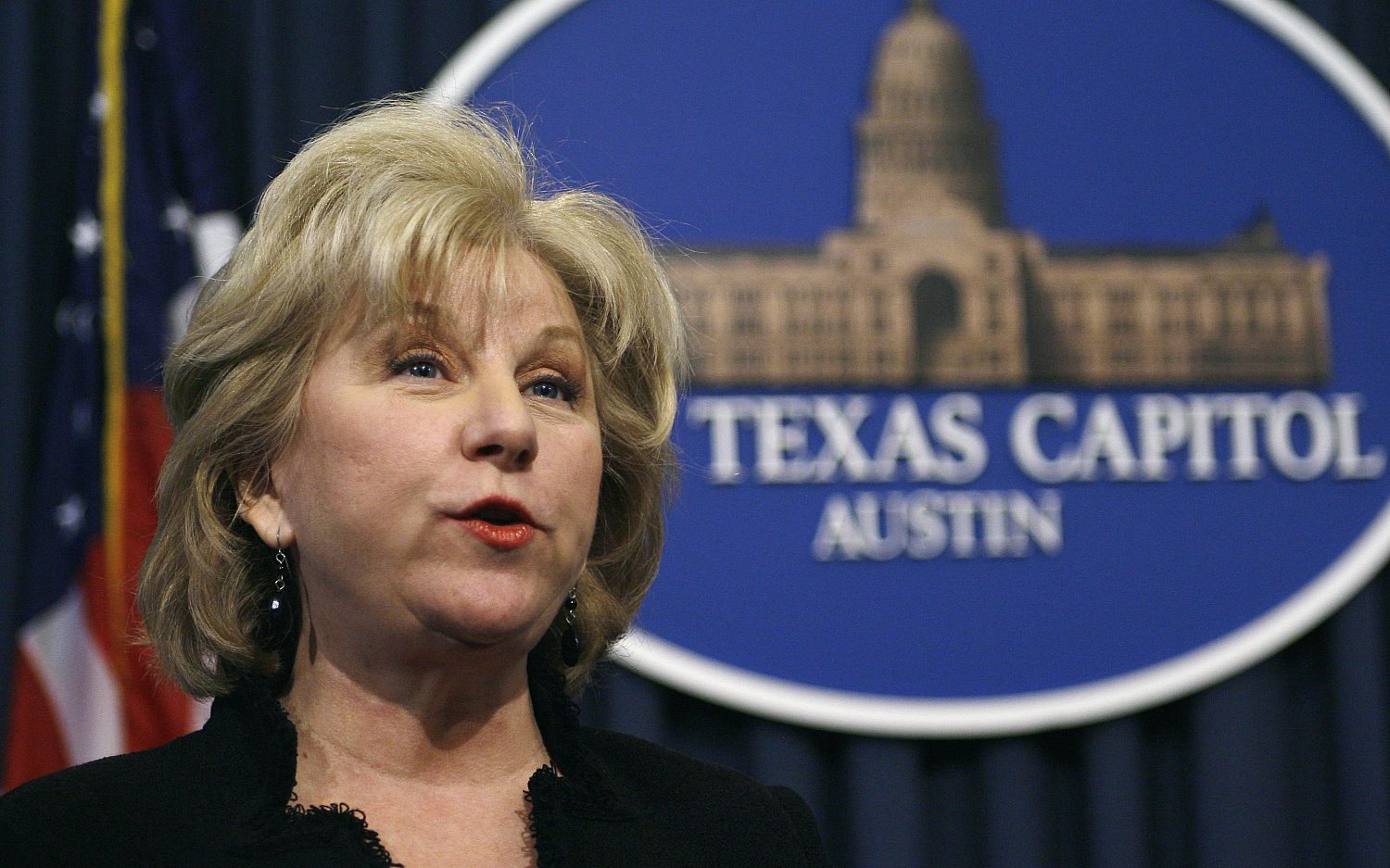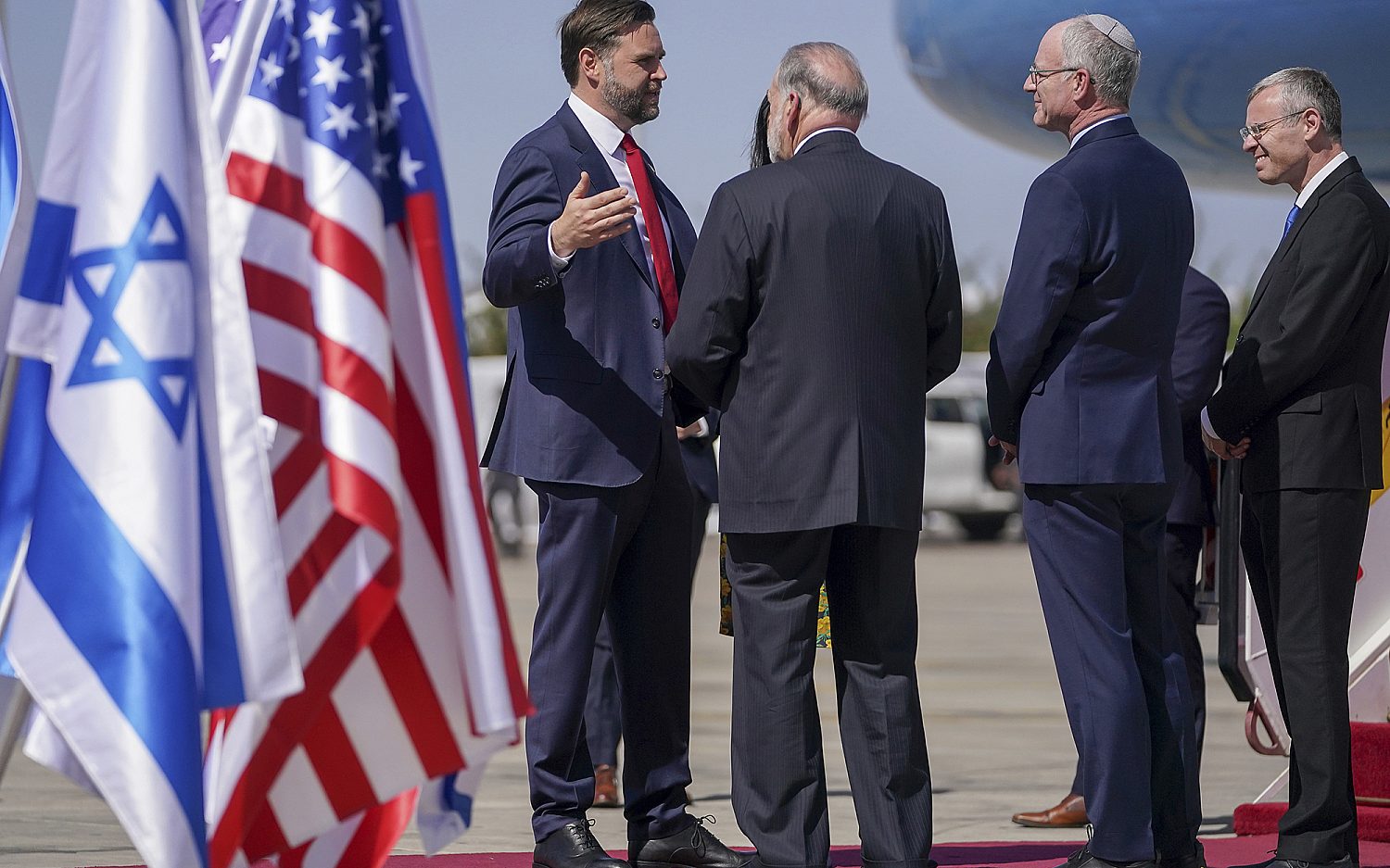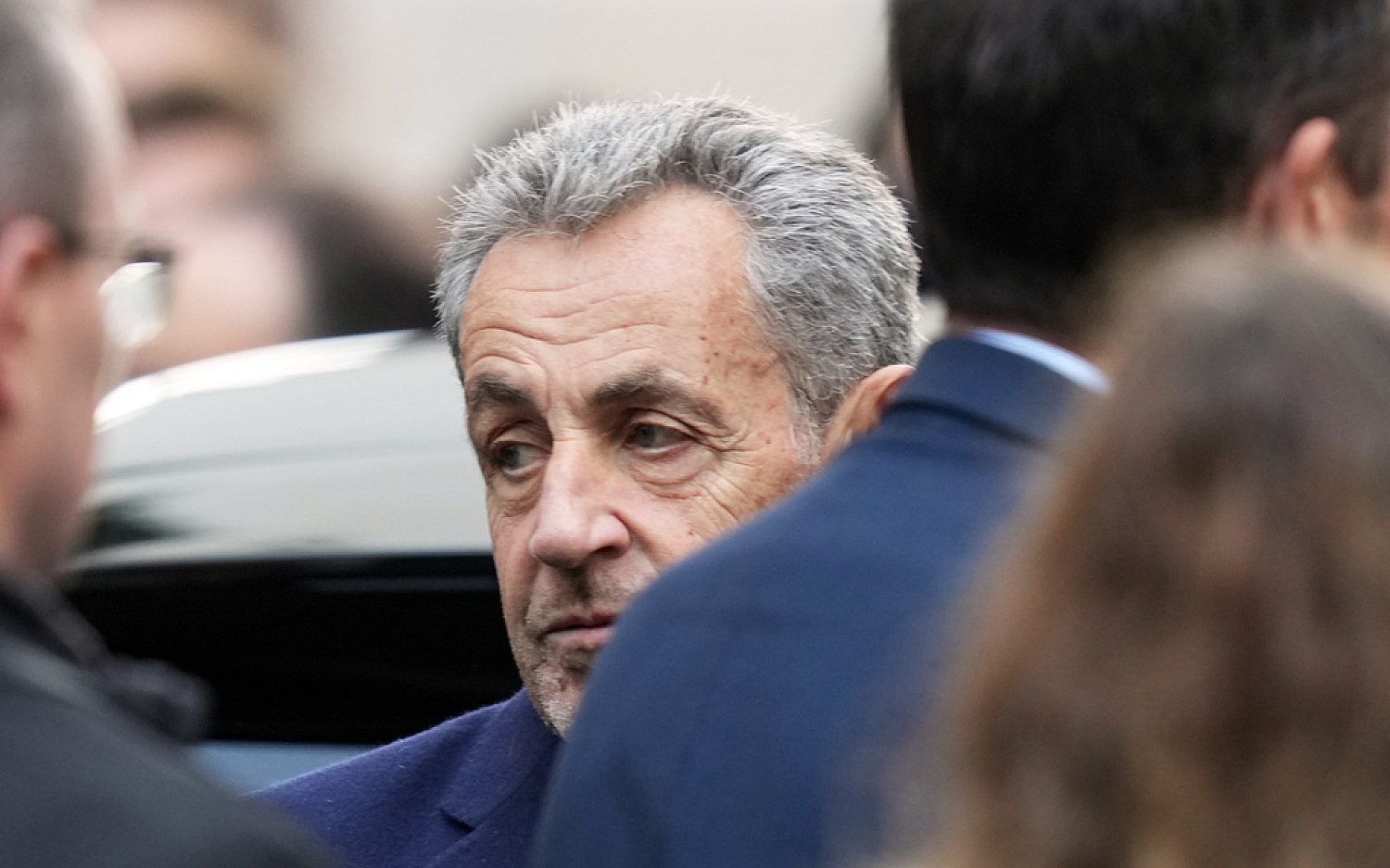New Yorkers dedicate memorial to a national tragedy
The words of “Amazing Grace” rang throughout the enshrined World Trade Center crater Thursday morning as New Yorkers dedicated the 9/11 Memorial Museum. Singer LaChanze, whose husband died in the twin towers, sang the hymn, it’s plaintive melody ricocheting between the foundations of the absent buildings.
“On a day when terrorists refused to see our common humanity, we saw only the humanity in one another,” said former New York Mayor Michael Bloomberg. “This museum … is an affirmation of human life. It is a reminder to us and all future generations that freedom carries heavy responsibilities.” Reflections from dignitaries—including President Barack Obama, New York Gov. Andrew Cuomo, and New Jersey Gov. Chris Christie—were interspersed with the voices of everyday people caught up in the tragedy.
It’s those everyday people—Manhattan residents, victims’ family members, and others directly affected—who will have the museum to themselves until it opens to the public on May 21. Situated between the crater fountains in the existing memorial plaza, the museum is housed 70 feet underground at the bedrock that once supported 110 floors. The steel and glass structure contains more than 10,000 artifacts, 23,000 photographs, 1,900 oral histories, and 500 hours of video.
Naturally, the event that changed the world continues to bring out strong reactions in New Yorkers, and not everyone is pleased with the museum.
Some have criticized an exhibit video titled The Rise of Al Qaeda as too negative toward Islam. Others have objected to the $24 entrance fee, even though the museum and memorial plaza cost $700 million to build and will cost $60 million a year to run. Others are bothered by its location underground. USA Today described it like a coffin or a grave. And perhaps the museum’s most poignant point is just that—it is a grave.
Nearly 8,000 pieces of the 1,100 victims yet to be identified are housed privately behind a towering concrete wall. Officials moved the remains to the museum on Saturday, eliciting varying reactions. “I don't want it to be part of a museum,” said an irate Rosemary Cain, who lost her firefighter son on 9/11. “I don't want it to be part of a freak show.” Others, like Monica Iken-Murphy, said of her husband, “I feel he is home.”
Some have compared the memorial to the holocaust museum, as designers had to balance respect for victims with displays that rub still-raw emotions. The museum leads people on an unsettling journey through the terrorist attacks, with forays into what led up to them and their legacy. Displays show scenes of horror, including videos of the skyscrapers collapsing and people falling from them. “We will never understand why one person escaped and another didn’t, how random it all seems, and how powerless it makes us all feel,” former New York mayor Rudy Giuliani said during the dedication.
But the museum also includes symbols of heroism.
A tarnished watch from Flight 93 still reads the date and time of the crash.
The remains of a once-sleek fire truck reduced to something resembling the end of a wire brush.
And then there’s the 17-foot steel beam shaped like a cross, found by construction worker Frank Silecchia two days after the attacks. “It was a sign, a sign that God hadn’t deserted us,” Silecchia recalled. Rescuers embraced it, and spray-painted arrows pointed to “God’s house” in the midst of the rubble.
The organization American Atheists is awaiting a federal appeal to force the artifact out of the public museum, though few have taken its challenge seriously—one judge threw out the case. The cross-shaped beam gave recovery workers strength to continue working. Silecchia told USA Today he still dreams of the 47 bodies he found.
And in the museum, where several million may visit annually, the beam just might be a silent reminder of the message “Amazing Grace” echoed in the crater Thursday. Heroes like volunteer firefighter Welles Crowther, who became known as the “man in the red bandanna,” weren’t the only ones who, as Obama said, gave their lives “so that others might live.”
The Associated Press contributed to this report.
An actual newsletter worth subscribing to instead of just a collection of links. —Adam
Sign up to receive The Sift email newsletter each weekday morning for the latest headlines from WORLD’s breaking news team.




Please wait while we load the latest comments...
Comments
Please register, subscribe, or log in to comment on this article.